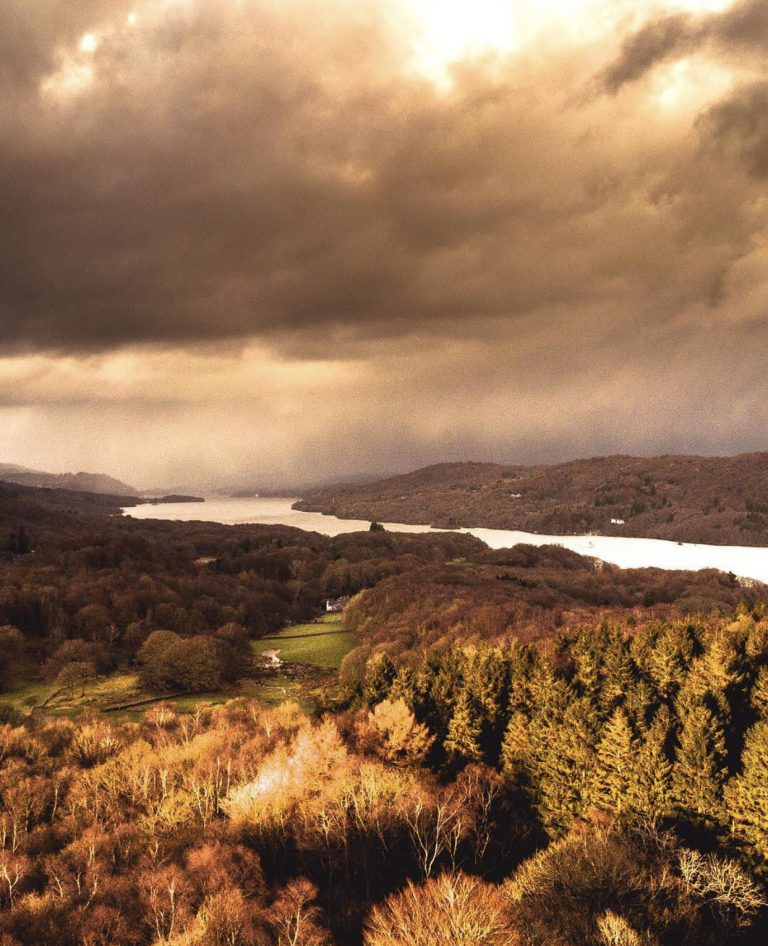Map of Lake District National Park: Visitor’s Guide
The Lake District National Park is one of England’s most treasured areas, renowned for its glistening lakes, rugged mountains, and charming valleys. Although Lake District Falconry is based just outside of Windermere, in the south lakes, there is so much to discover while you are here. Exploring this vast natural space without a reliable map…
